Carne Adovada Recipe: The Spicy Secret Behind New Mexico’s Most Beloved Dish
Table of Contents
- Introduction: What Is Carne Adovada?
- A Flavorful Journey Through Time
- The Holy Trinity of Ingredients
- Your Ultimate Carne Adovada Recipe
- Pro Tips for Perfecting Your Batch
- Spice It Up: Regional and Modern Twists
- Buying Guide: Picking the Best Ingredients
- Serving Suggestions That Steal the Show
- Conclusion: Why You’ll Keep Coming Back to This Dish
Introduction: What Is Carne Adovada?
If you’ve ever taken a bite of carne adovada and felt like your taste buds had just been kissed by a fiery Southwestern sun, you’re not alone. Originating from New Mexico, this iconic dish is a masterclass in slow-cooked, spice-marinated magic.
At its core, carne adovada is pork that's marinated in red chile sauce, then braised until it’s so tender it practically melts in your mouth. It’s a staple at family gatherings, festivals, and roadside food trucks alike — and for good reason. It’s bold, flavorful, and deeply rooted in tradition.
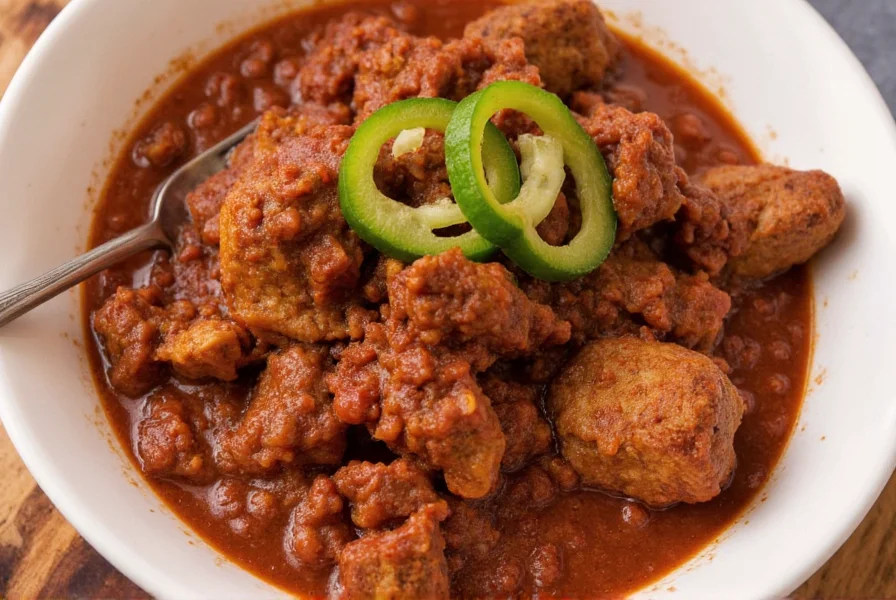
A Flavorful Journey Through Time
The story of carne adovada begins with the Spanish colonization of the Americas. The word “adobo” comes from the Spanish term meaning “marinade” or “seasoning,” which was used to preserve meats before refrigeration. Over time, this technique blended with Native American ingredients — especially the revered New Mexico red chile.
Today, it’s considered one of the culinary jewels of the Southwest. While variations exist across regions (especially between Northern and Southern New Mexico), one thing remains constant: the love for spicy, smoky, and savory flavor profiles.
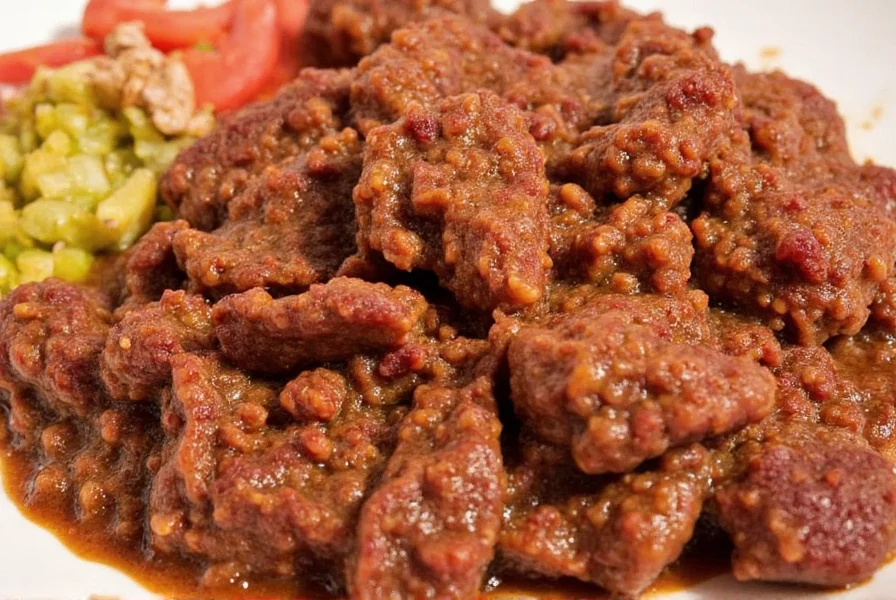
The Holy Trinity of Ingredients
There are three non-negotiable ingredients in any authentic carne adovada:
- Pork shoulder – For that perfect balance of fat and meat, ideal for slow cooking.
- New Mexico red chile powder or paste – The soul of the dish. Choose wisely!
- Vinegar – Essential for helping the marinade penetrate the meat.
Optional but highly recommended additions include garlic, cumin, oregano, and even a splash of beer or cider vinegar for depth.
| Ingredient | Quantity | Notes |
|---|---|---|
| Pork shoulder | 3–4 lbs | Cubed into 1- to 2-inch pieces |
| New Mexico red chile powder | 1/2 cup | Can be replaced with canned puree |
| Apple cider vinegar | 2 tbsp | Adds tang and helps tenderize |
| Garlic cloves | 6 | Minced or grated |
Your Ultimate Carne Adovada Recipe
Here’s how to make the perfect batch of carne adovada in your own kitchen:
- Marinate the meat: Combine chile powder, vinegar, garlic, salt, and spices in a bowl. Add pork chunks and toss to coat thoroughly. Cover and refrigerate for at least 8 hours, preferably overnight.
- Braise the pork: In a Dutch oven or heavy pot, cook the pork with its marinade over medium heat. Add just enough water or broth to barely cover the meat. Simmer gently for 2–3 hours until fork-tender.
- Fry for crispiness (optional): For those who love a bit of crunch, fry the meat briefly after braising to create a caramelized crust.
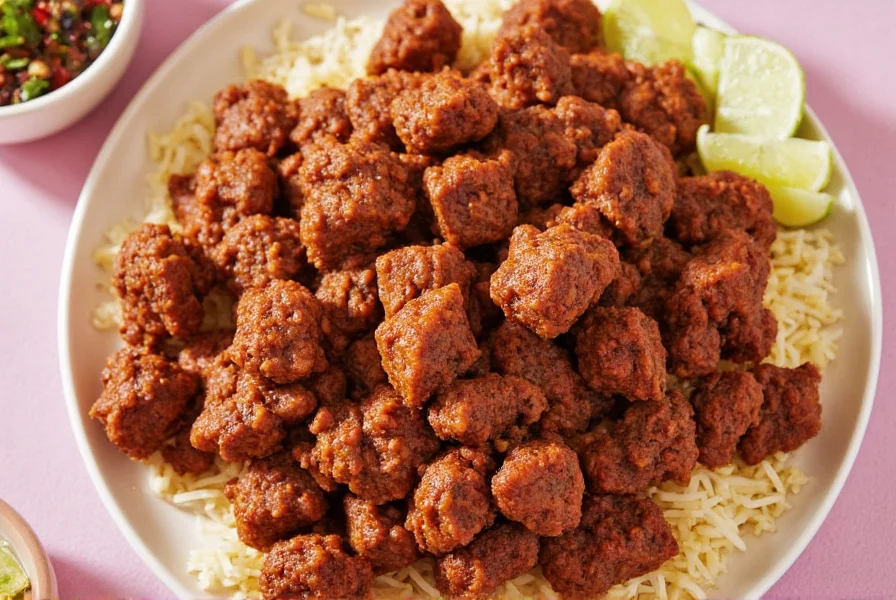
Pro Tips for Perfecting Your Batch
Whether you're a seasoned chef or a weekend warrior in the kitchen, these tips will elevate your carne adovada game:
- Make it ahead: Like many great stews, carne adovada tastes even better the next day as flavors deepen.
- Don’t skip the rest: Letting the meat rest in the fridge ensures maximum flavor absorption.
- Low and slow wins the race: Cooking at a gentle simmer preserves tenderness and avoids tough meat.
- Use a meat thermometer: Cook until internal temperature reaches 190°F for fall-apart texture.
Spice It Up: Regional and Modern Twists
While traditional carne adovada sticks to its roots, modern cooks have found fun ways to personalize it:
- Green Chile Infusion: Blend in some green chile for a twist known as “Christmas style.”
- Beer Braising Liquid: Adds sweetness and complexity to the final dish.
- Vegetarian Version: Substitute jackfruit or mushrooms and use vegan Worcestershire sauce.
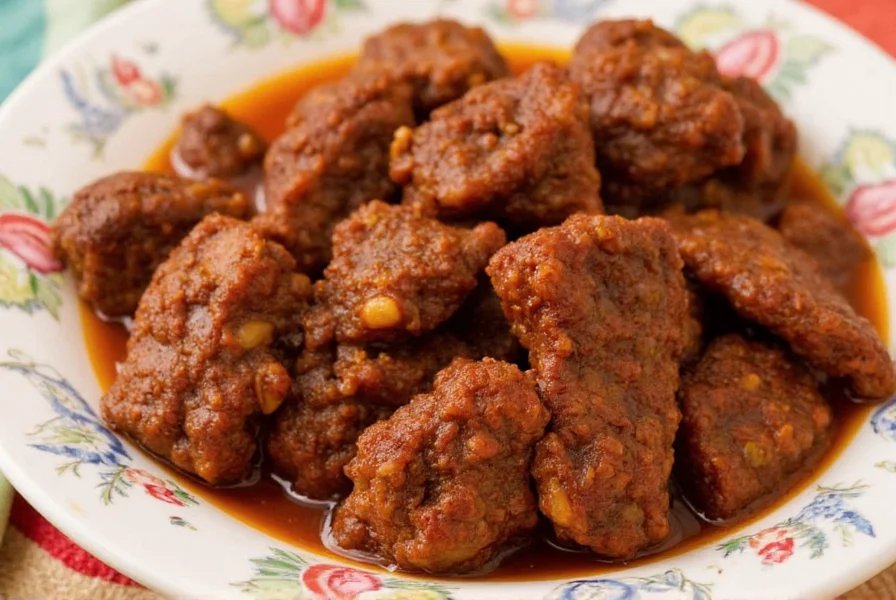
Buying Guide: Picking the Best Ingredients
To make the best carne adovada, quality matters. Here’s what to look for when shopping:
| Product | Features | Advantages | Best Use Case | Recommended Brand |
|---|---|---|---|---|
| New Mexico Red Chile Powder | Earthy, mildly spicy, with a hint of sweetness | Authentic flavor profile; enhances depth | Traditional recipes | Hatch or Chimayo |
| Organic Pork Shoulder | Marbled cuts, sustainably raised | Guarantees tenderness and rich flavor | Slow-cooked dishes | Niman Ranch or Applegate |
| Apple Cider Vinegar | Natural fermentation, unfiltered | Tenderizes meat, adds tangy brightness | Marinades and dressings | Bragg or Eden Foods |
Serving Suggestions That Steal the Show
Carne adovada shines when paired with complementary sides and toppings:
- Tortillas: Warm flour or corn tortillas for tacos or burritos
- Rice: A bed of Mexican-style rice or plain jasmine rice
- Beans: Refried pinto beans or black beans
- Garnishes: Chopped cilantro, diced onions, lime wedges, and avocado slices
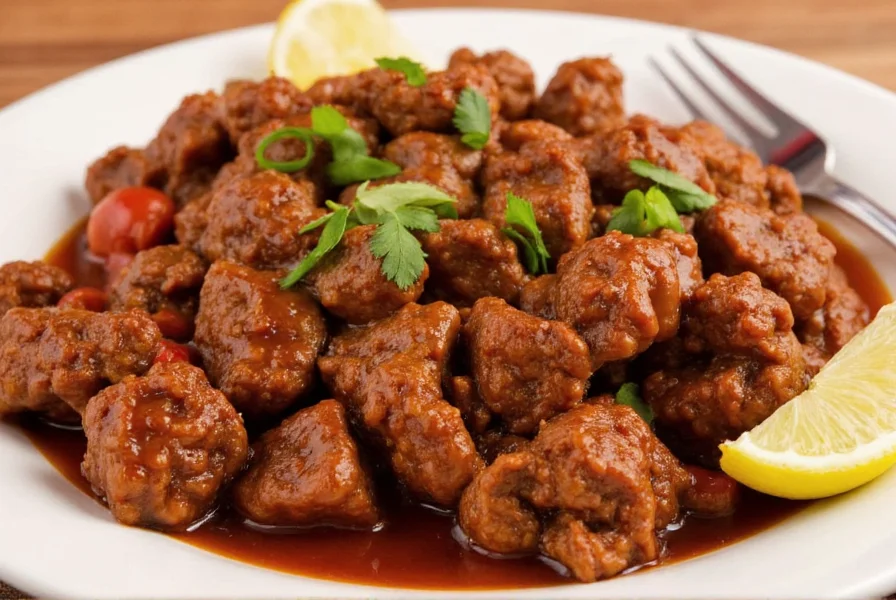
Conclusion: Why You’ll Keep Coming Back to This Dish
Carne adovada isn’t just a meal — it’s an experience. From its deep historical roots to the warmth it brings to your dinner table, this dish captures the spirit of New Mexico in every bite. Whether you’re cooking for a crowd or meal-prepping for the week, once you try homemade carne adovada, there’s no going back.
So fire up your Dutch oven, gather your ingredients, and get ready to savor the magic of spice, patience, and tradition. Your kitchen (and taste buds) will thank you.
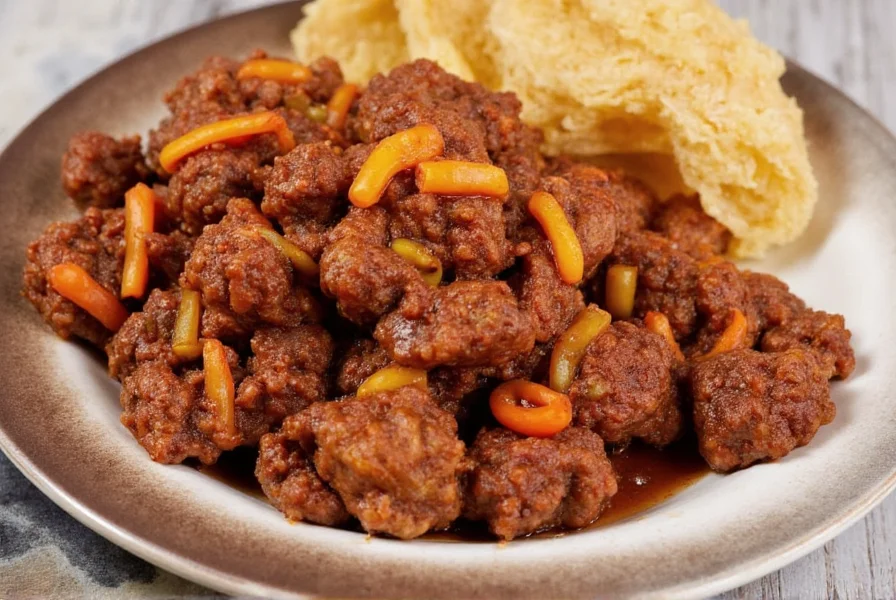

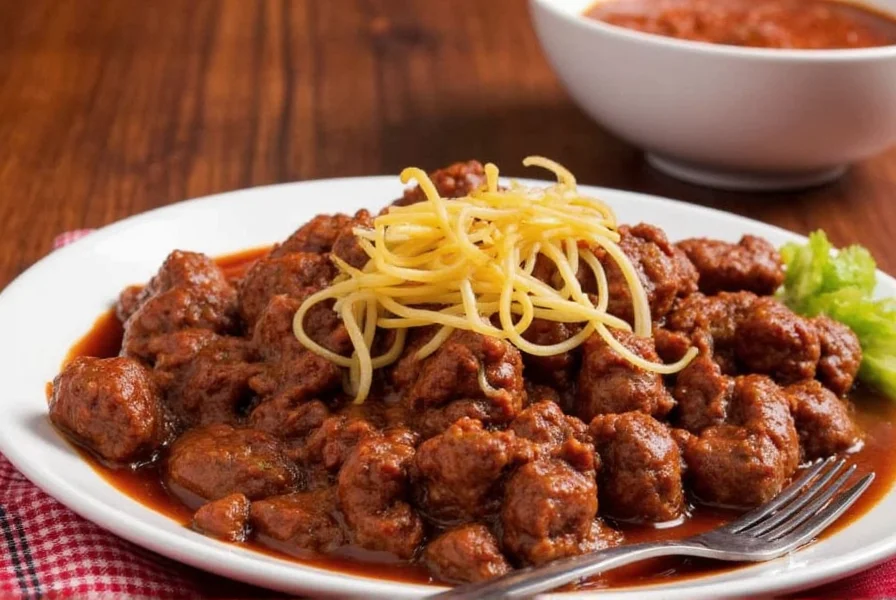









 浙公网安备
33010002000092号
浙公网安备
33010002000092号 浙B2-20120091-4
浙B2-20120091-4